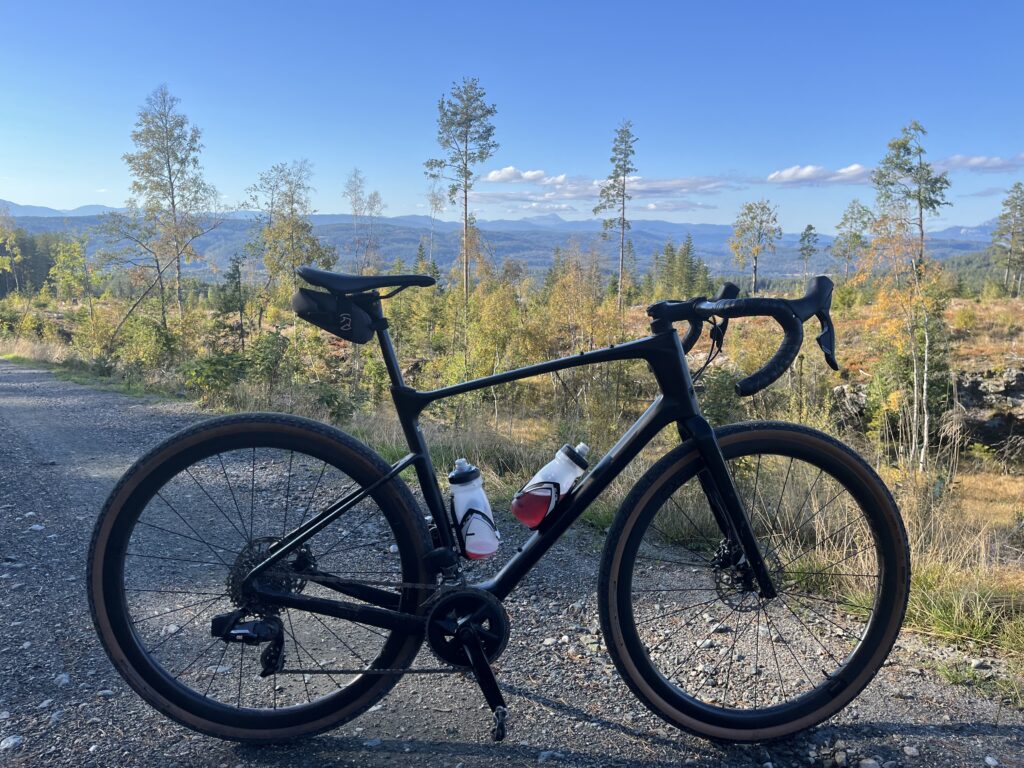
There is a lot of ways you can structure your playbooks, inventory, roles, and collections in Ansible, but it’s beneficial to find a structure that is suitable for both development and AWX/AAP. This is what my layout looks like:
$ tree -a playbooks/
playbooks/
├── .gitignore
├── ansible.cfg
├── collections -> /home/jiholland/ansible-collections
├── inventory -> /home/jiholland/ansible-inventory
├── example_1_playbook.yml
├── example_2_playbook.yml
├── example_3_playbook.yml
└── roles -> /home/jiholland/ansible-rolesI have a Git repository called playbooks that contains all my playbooks. Symbolic links point to my roles, collections, and inventory, which are all in separate Git repositories.
I typically have a Tmux session called ansible with the following windows:
[ansible] 0:playbooks* 1:inventory 2:collections-The playbooks window point to my playbook repository, inventory to ansible-inventory, and collection to /home/jiholland/ansible-collections/jiholland. That way I can easily switch between them.
In the playbook repo I gitignore certain files and directories that should not be pushed to Git.
$ cat playbooks/.gitignore
ansible.cfg
collections
rolesMy inventory is split into development and production. The ansible.cfg file points to the development inventory, since I use AWX/AAP to run against the production environment. This file also contains other user-specific settings, which is why it is not pushed to Git.
$ cat playbooks/ansible.cfg
[defaults]
inventory=/home/jiholland/ansible-inventory/developmentWhen it comes to AWX/AAP I add both the inventory and playbook repositories as two separate projects. I install collections and roles when building the execution environment, but an alternative approach is to have AWX/AAP install collections from a requirements.yml file:
$ tree -a playbooks/
playbooks/
└── collections
├── ansible_collections -> ../../ansible_collections
└── requirements.yml
$ cat playbooks/.gitignore
collections/ansible_collections
Leave a Reply